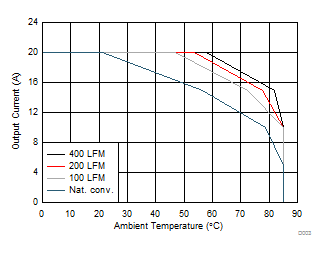SLPS422B March 2013 – August 2016 CSD97376Q4M
PRODUCTION DATA.
6.6 Typical Characteristics
TJ = 125°C, unless stated otherwise.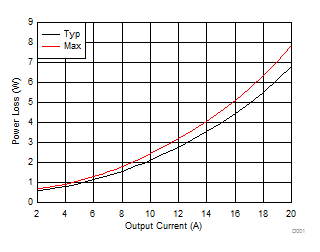
| VIN = 12 V | VDD = 5 V | VOUT = 1.8 V |
| ƒSW = 500 kHz | LOUT = 0.29 µH |
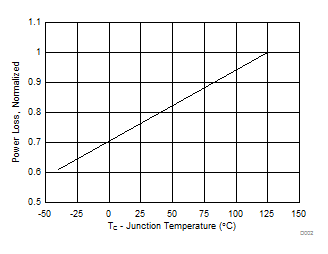
| VIN = 12 V | VDD = 5 V | VOUT = 1.8 V |
| ƒSW = 500 kHz | LOUT = 0.29 µH |
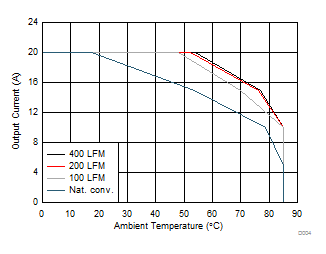
| VIN = 12 V | VDD = 5 V | VOUT = 1.8 V |
| ƒSW = 500 kHz | LOUT = 0.29 µH |
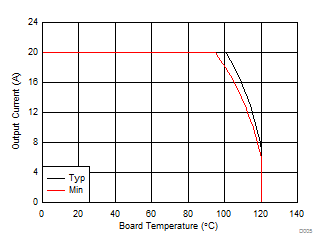
| VIN = 12 V | VDD = 5 V | VOUT = 1.8 V |
| ƒSW = 500 kHz | LOUT = 0.29 µH |
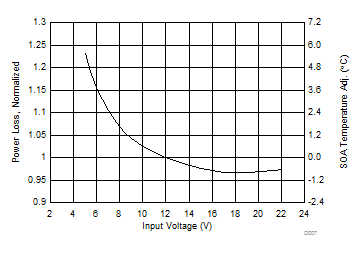
| ƒSW = 500 kHz | VDD = 5 V | VOUT = 1.8 V |
| IOUT = 20 A | LOUT = 0.29 µH |
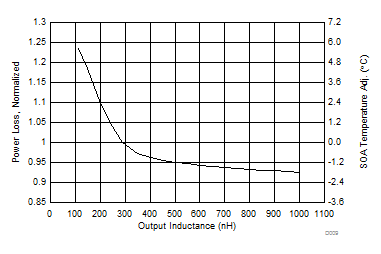
| VIN = 12 V | VDD = 5 V | VOUT = 1.8 V |
| ƒSW = 500 kHz | IOUT = 20 A |
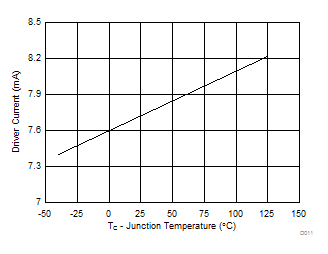
| VIN = 12 V | VDD = 5 V | VOUT = 1.8 V | ||
| IOUT = 20 A | LOUT = 0.29 µH |
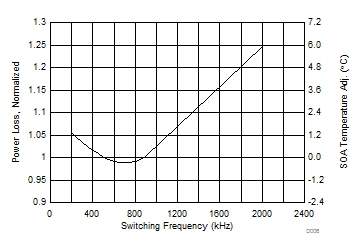
| VIN = 12 V | VDD = 5 V | VOUT = 1.8 V |
| IOUT = 20 A | LOUT = 0.29 µH |
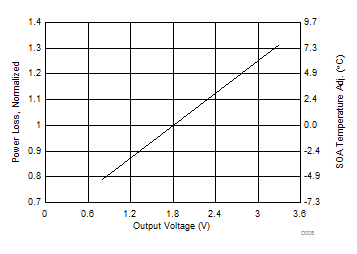
| VIN = 12 V | VDD = 5 V | ƒSW = 500 kHz |
| IOUT = 20 A | LOUT = 0.29 µH |
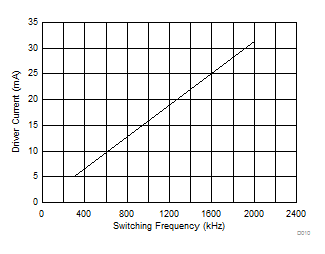
| VIN = 12 V | VDD = 5 V | VOUT = 1.8 V |
| IOUT = 20 A | LOUT = 0.29 µH |
The Typical CSD97376Q4M system characteristic curves are based on measurements made on a PCB design with dimensions of 4 in (W) x 3.5 in (L) x 0.062 in (T) and 6 copper layers of 1-oz copper thickness. See the Application and Implementation section for detailed explanation.
